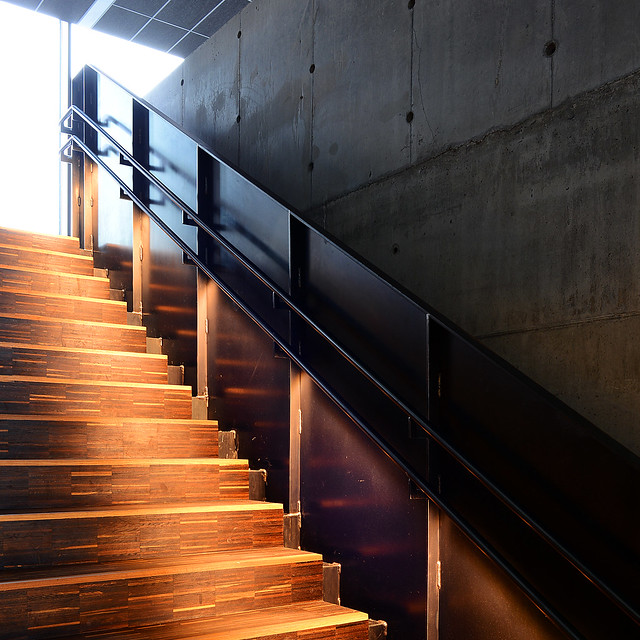On Tuesday, April 29, the team from Davis Brody Bond will discuss the design of the 9/11 Memorial Museum at The New School. Details are below.


Memory, Authenticity, Scale, Emotion: A Discussion with the Architects of the National 9/11 Memorial Museum
Tuesday, April 29, 2014 at 5:00 pm to 7:00 pm
The Auditorium at 66 West 12th Street, Alvin Johnson/J.M. Kaplan Hall
Join the lead design architects of the 9/11 Memorial Museum and scholars for a discussion of designing and building this new landmark museum located beneath the 9/11 Memorial at the World Trade Center in lower Manhattan in New York, due to open this May.
Architects from Davis Brody Bond will discuss the technically challenging and emotional task of building a museum to present and preserve the history and memories of the events of 9/11 and the challenges of translating the existing geometries of the site into a series of coherent spaces punctuated by surface, texture, and volume. A panel discussion with scholars will explore the four principles that guided the architects work: memory, authenticity, scale and emotion, and explore the larger global context of memorials and museums built or planned on the sites of traumatic events. A Q&A will follow.
Davis Brody Bond will be represented by partners Steven M. Davis, FAIA, Carl F. Krebs, AIA, and Mark Wagner, AIA, Associate Partner, who have been involved with the project since its inception in 2004. Steven Davis developed the Public Space Master Plan for the World Trade Center in 1992 and Carl Krebs was the Partner-in-Charge for Davis Brody Bond’s participation in the conception of the 9/11 Memorial. Davis Brody Bond is also part of the core team that designed the Smithsonian Institution’s National Museum of African American History and Culture, currently under construction on the National Mall in Washington, DC, and the Portico Galley at The Frick Collection in New York City completed in 2011.
The panel discussion includes Jonathan Bach, chair of the Global Studies Program at The New School; Marita Sturken, professor of Media, Culture and Communication at NYU and author of Tourists of History: Memory, Kitsch, and Consumerism from Oklahoma City to Ground Zero; and Brigitte Sion, co-organizer of the Transdisciplinary Project “The Politics of Memory in Global Context” at Columbia University’s Committee on Global Thought.
Sponsored by the Global Studies Program at The New School.
Free. No tickets or reservations required.







.jpg)

.jpg)





























